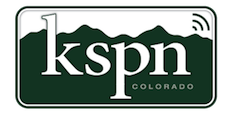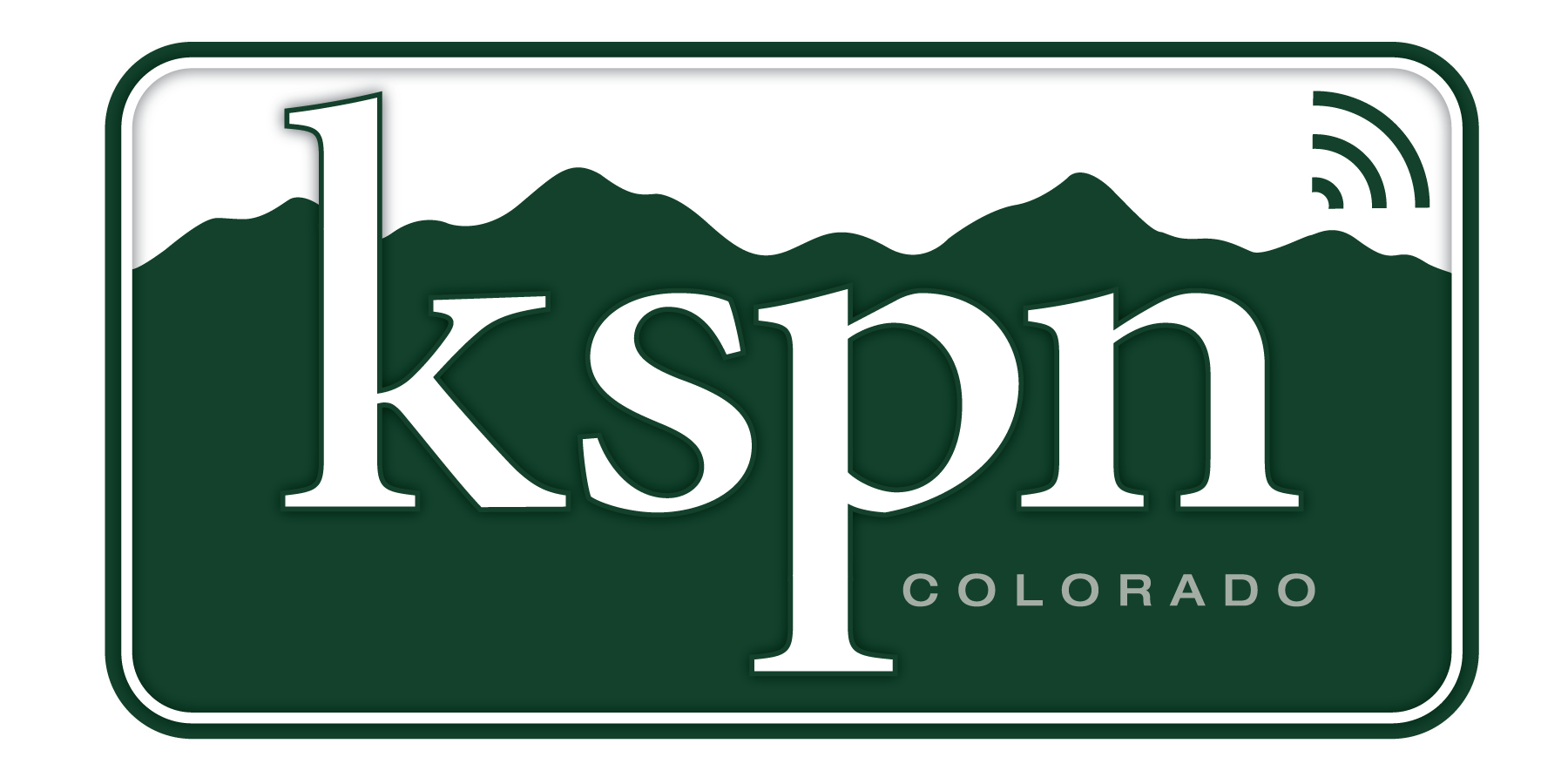
Kelsey Brunner/The Aspen Times
As snow starts to settle into the mountains and daily temperatures continue to drop, many locals and officials are beginning to shift their focus to the winter season ahead.
Snowmass Tourism Director Rose Abello is one of them. But on a recent late-October afternoon in Town Hall, Abello took a look back on the summer tourism season, including what went well, what goals her team has for summer 2020 and how the town fairs overall in the two hot and cold peak visitor seasons comparatively.
“We constantly assess data to see how we are doing, what’s working, what’s not working and what we should do differently,” Abello said. “It will help us, our whole team and our stakeholders make smarter decisions.”
It’s no secret; in Snowmass Village, tourism is the main economic driver with winter serving as the town’s key season. About half of the town’s annual revenue is from sales, lodging and real estate transfer taxes, and a large chunk of these monies are put back toward town marketing strategies.
Between 2017 and 2018, town records show the town’s 3.6% county sales tax revenue increasing by over $270,000, or roughly 7%, and the Snowmass Village 3.5% sales tax revenue increasing by over $600,000, or nearly 9%. There also was an $80,000 increase, or 4%, in the town’s 2.4% lodging tax revenue.
Over the 2019 budget year, town officials project an 8.9% increase in county sales tax revenues — which amount to more than local sales tax gains — an 11.46% increase in town sales tax revenue and a 10.01% increase in lodging tax revenue.
That’s why the tourism department’s mission is to support the town’s economy through activities, events and programs that attract visitors and their wallets to the village.
“Snowmass Village aspires to be the leading multi-season, family-oriented, inclusive mountain resort community,” the Snowmass Tourism department’s aspiration statement reads. “When successful, Snowmass Village will have achieved the quality of life and economic vitality that will assure our future as a sustainable resort community.”
On a recent afternoon in a Town Hall meeting room, Abello went over the data documenting this economic vitality for the past summer season.
According to graphs created by DestiMetrics, a company that helps individual businesses and resort towns track occupancy and revenue rates, Snowmass Village saw occupancy increases in July and August from the previous year, but decreases in June and September.
The summer stats show the highest average summer occupancy rates on weekends, namely Saturdays, with lower rates during the week. Town data show sales tax revenue also increased in June, July and August compared with 2018.
Abello attributes the broader peaks and valleys over the summer to this year’s late start to the season and the way key holidays and events, like the JAS Labor Day Experience, fell on the calendar.
She also said the tourism department plans to work on leveling out the minute rises and falls in occupancy during the week by booking more business meetings and offering more for visitors.
“When we’re doing well in the summer, we’re doing really well,” Abello said, noting that most of the past summer’s weekends were above 80% occupancy. “Our goal is to decrease this EKG-effect and increase Sunday through Thursday business.”
A quick look at Snowmass Village’s winter season data show the town has much higher and consistent occupancy all week long from December to April compared with the summer months, which Abello said drives the types of events the town looks to put on.
“In the summer, we tend to do events that drive overnight visitation, except for the Thursday night concert series,” Abello explained. “In the winter we do some of that, but we also host amenity events for guests when we are super full, not to bring people in but to provide for the people here.”
Roughly 70% to 80% of the available beds in Snowmass Village report to DestiMetrics year after year, Abello explained, allowing the tourism department to look at these ongoing trends in summer and winter, and to help hone in on what marketing and event strategies work for each season.
Many of the surrounding resort communities like Aspen also use the online performance tracking company, allowing for anonymous industry-wide views and comparisons, as Snowmass Village is the only contributor identified on Abello’s DestiMetrics bar graphs and charts.
“Over the summer, we’re never number one, but we’ve made up a lot of ground,” Abello said of Snowmass Village compared to other resort destinations. “This past August we were number four compared with the other resorts and the year before we were number eight, so we’re making progress.”
But while the DestiMetrics bar graphs detailed a lot of daily, weekly and monthly tourism trends, the data did not show for either winter 2018-19 or summer 2019 how the Limelight Hotel and Base Village contributed to the village’s overall average occupancy and daily room rates.
Abello said this is because it was the Limelight’s first year operating in Snowmass, meaning 2019 will serve as the hotel’s baseline, but won’t be added to DestiMetrics until late this year or early next.
Another key stakeholder in the success of Snowmass’ summer season is Aspen Skiing Co. According to Jeff Hanle, Skico vice president of communications, the company saw a 10% to 15% increase in its summer business across the mountain from the Lost Forest and Elk Camp to the Snowmass Bike Park.
Hanle mentioned the Farm to Table weekly event and Snowmass Bike Park race series on Tuesdays, and adding Friday to the weekend gondola operation schedule from Labor Day to October as some of the past season’s successes.
“Our summer business across Aspen-Snowmass was up, but Snowmass was up more so than Aspen,” Hanle said. “We hope to continue to gain momentum and our belief is this trajectory will continue as things become more well known.”
Hanle referred to the Lost Forest, which is only two years old, and the Snowmass Bike Park, which continues to see new trails and features added.
He also belives the Snowmassive Chase high school and Buffs in Snowmass college mountain biking races, which Skico partnered with Snowmass Tourism to host, only helped promote what Snowmass has to offer.
“Those kind of events help us in the future because those kids say, ‘Wow, look at this awesome trail system,’ and want to come back with their families,” Hanle said. “We hope to see that kind of ripple effect.”
On Oct. 21 during the regular Town Council meeting, Abello went over some of these summer tourism highlights, too, but mainly focused on her department’s 2020 proposed budget and the seasons ahead.
The tourism department hopes to increase its marketing, special events and group sales budgets for 2020, including adding a full-time, seasonal marketing events coordinator specialist.
“Our events team goes nonstop all summer long, and one of our goals is to make our events even better and more effective,” Abello said at the Town Council meeting of the new position and proposed budget increase.
Abello also looked ahead to the winter season during the Oct. 21 meeting — noting that so far DestiMetircs shows Snowmass Village has the highest occupancy rates for this January, February and March compared with the surrounding resort communities — and to summer 2020, which will feature many of the village’s staple events like the Snowmass Balloon Festival, Thursday night free concert series, and hopefully the JAS Labor Day Experience music festival.
“It’s not our goal to make the summer and winter seasons equal, but we’re definitely moving for growth when there’s an opportunity and when it makes sense,” Abello said. “Our goal is to bring vitality and excitement to all locals and to create events that entice people to come and stay here.”

